Basket: £0.00
The VW Bus History
The following information charting the development of the VW Transporter has been abridged by David Eccles from the opening chapter of his must have book, "VW Transporter and Microbus: Specification Guide 1950 – 67, published by Crowood Press.
A LEGEND IS BORN / DIE LEGENDE ERSCHAFFEN
On 8th March 1950 Ben Pon's vision became a reality – and the VW Transporter officially came into being. No–one at the time could have known the impact this little Box on Wheels would have upon the world. But its birth was not an easy one.
The need for Transport
At the end of the war, whatever trucks were still running were pressed into service hauling away the wreckage.. A basic, serviceable delivery vehicle for firms, farmers and tradespeople was greatly needed and up until 1947, this need was met by more or less road worthy modifications to existing passenger vehicles : Benz, Ford, and Opel converted their 170V, Taunus, and Olympia models into pseudo-vans and Tempo and Goliath three-wheelers were produced. Initially VW followed in this path, too. Ferdinand Porsche's idea for a Beetle estate wagon found favour with the British occupation forces officer in charge of the Wolfsburg factory, Major Ivan Hirst, but production of the Beetle was deemed to be the priority.
British army forklifts were used for transporting parts round the factory floor, but when these were required elsewhere Hirst and the team at the factory came up with the idea of constructing flatbed vehicles based on the Beetle chassis. By placing a seat above the rear engine the whole front could be a flat load carrying area, and an extended steering link would give manoeuvrability. This vehicle became known as a Plattenwagen. The vehicles were in fact extremely manoeuvrable with a tight turning circle, making them ideal load carriers on the factory floor. One at least remained in use in the factory as late as the 1970's! The flatbed was built strictly for hauling parts around the factory. Parts were pillaged from whatever could be laid hands on, using a Beetle engine, running gear and suspension underneath a flat loading surface with the driver sitting at the rear, above the engine.
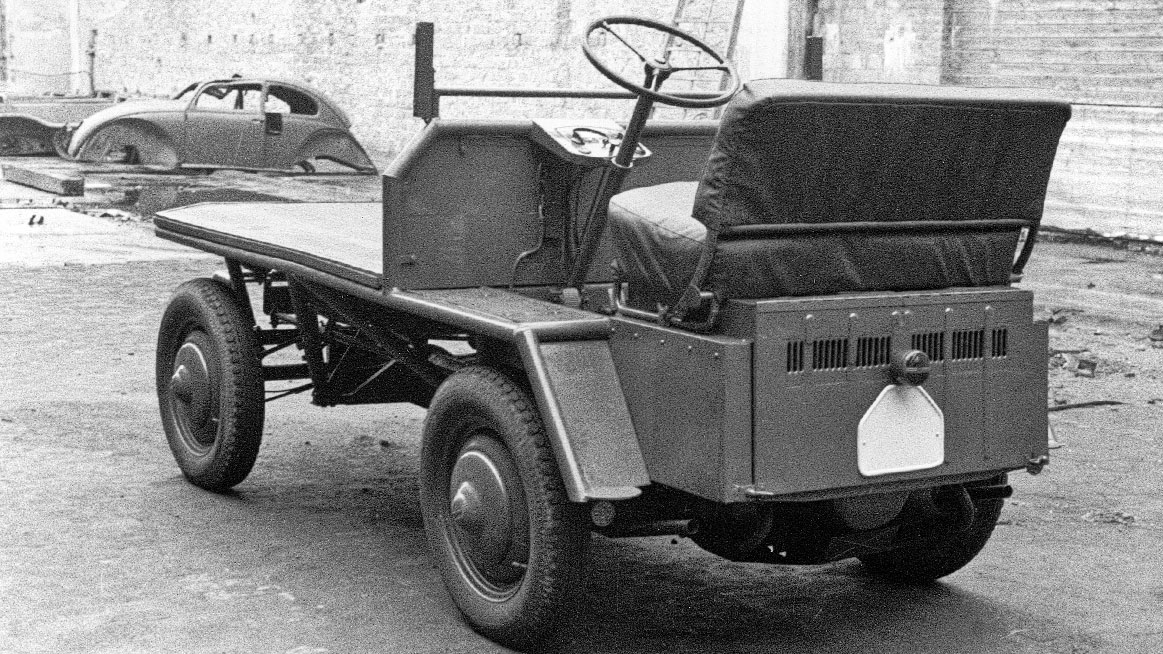
VW Factory Plattenwagen
Ben Pon's Idea
The Dutch VW importer Ben Pon had already seen the potential of the Beetle and had even been driven round Berlin in one when attempting to secure export rights back in 1938. After the war he visited Wolfsburg in 1946 and 1947, before securing the first exports of the car to Holland in 1947. Seeing the flatbeds at work in the factory, he immediately realized the commercial potential of such a vehicle and tried to get an import license for the flatbed. However, this plan was scuppered by the transport authorities in Holland, who arbitrarily decreed that the driver of a transport vehicle must sit up front. Undeterred, on 23rd April 1947, whilst meeting with Major Hirst at Minden, he produced his legendary sketch of what was to become the Transporter. Though crudely drawn, the sketch is clearly the inspiration for the Transporter, with a box shape, rear engine accessed via an opening lid, a curved front and the driver sitting over the front wheels. Major Radclyffe, who was in overall charge of engineering construction in the British zone, decided that resources were at full stretch just producing Beetles, and reluctantly turned the idea down.
The concept was only shelved however, and in January 1948 Heinz Nordhoff was appointed as managing Director of Volkswagen when control was officially handed back to the German people. Ben Pon re-presented his ideas for a basic delivery vehicle to Nordhoff and, in the autumn of 1948, Nordhoff and the technical director of the factory, Dr. Haesner, decided to proceed with the construction of such a vehicle.
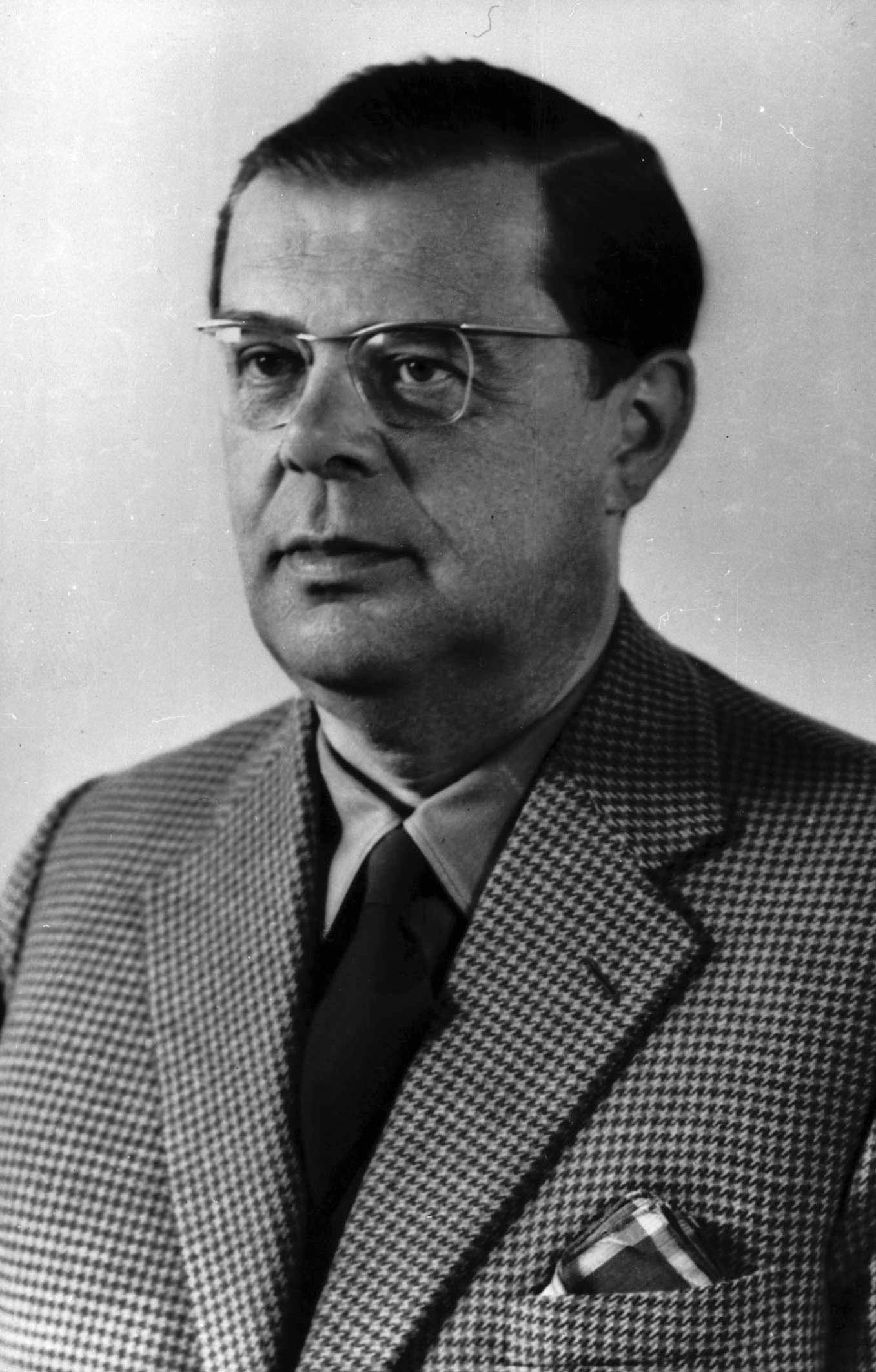
Ben Pon's
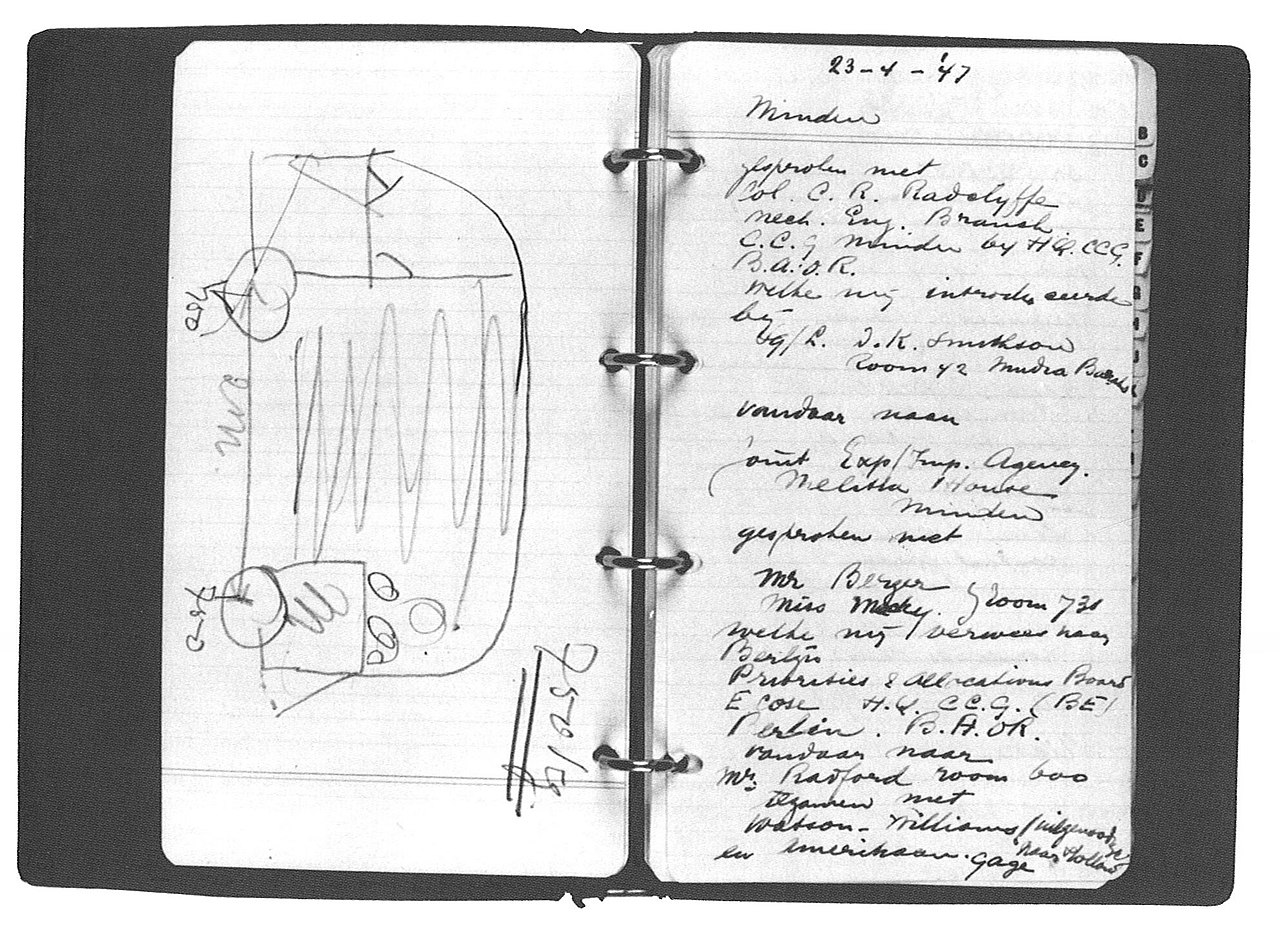
Ben Pon's Original Sketch
Production Begins
Under the abbreviation of EA-7 (Entwicklungsauftrag Nummer 7, or Development Project no. 7), work was begun on a transporter, known internally as the Type 29. By November 20th the first blueprints were on Nordhoff's desk: two almost identical models which only differed in the front styling. The preferred choice (shown below as A) featured a slight curve to the cab without the overhanging roof. Wind tunnel tests in Braunschweig were unsatisfactory, until a worker at the technical college suggested a more curved front, shown below as C. The wind resistance co-efficient went from cw = 0.75 to 0.44 - the die was cast!
The factory in Wolfsburg began testing the robustness of the Beetle chassis and suspension on the first prototypes on March 11th but tests had to be halted on April 5th as the unmodified Beetle floorpan could not cope with the considerable load. The first prototype, based on a widened Beetle chassis collapsed when weight was placed in the load carrying area. The twisting forces involved meant it was back to the drawing board! VW's design team had to start over from scratch with a new chassis and bodywork design – and time was against them. The first prototype was rebuilt, along with a further prototype, using a separate chassis with longitudinal box sections and outriggers for support. Tests recommenced in May.
On May 19th Norhoff announced production of the Transporter would start by December 1st 1949 at the latest. He wanted a marketable product for the start of the New Year and so work began using a unitary construction with the floor and body welded together on a subframe. A reduction drive, similar to that used the Kubelwagens, was adopted to give greater transmission ratio and higher ground clearance, and, to keep costs down, dual torsion spring units were used for the back axle. The second prototype performed well and covered more than 12000 kms on the factory test track.
On August 15th, it was decided to press on with the construction of four model types: a panel van, 2 models for special utility purposes (apparently the Pritsche or pick-up), and an 8 seater mini bus - plus a model for the Post Office, and an ambulance - to be ready by Oct 15th. These second generation prototypes demonstrated subtle styling changes, which included the placing of the fuel filler inside the engine compartment and the replacement of the vertical cooling louvers with horizontal ones. Another prototype incorporating some changes came into being on 31st August and tests on five prototypes on Germany's poor roads continued in earnest.
Meeting the Press
The presentation date before the press was postponed until November 6th, then again until November 12th. But the roofs were still not ready by October 20th, the painting took more time than had been allotted, and as late as November 4th, Nordhoff was still making changes: a handwritten note to Haesner ordered him to reduce the overall weight of the vehicle by 875 kg, and not a gram less!
When VW Director Nordhoff presented the Transporter to the world on 12th November summed up the design saying, "we did not start from an available chassis, but from the cargo space. This cargo space consists of the driver's seat at the front, and the engine at the back, this is the clear no compromise principle of our Transporter. With this van, and only this van, the cargo space lies exactly between the axles. The driver sits in the front and there is equal weight in the back due to the fuel tank and engine, that is the best compromise.
We did not choose to put the engine in the back because we felt morally obliged. We would have put the engine in the front without hesitation, if it would have been the better solution. You can tell by looking at the state of the trees in the British Zone, how well the British army lorries, built on this principle, handle on wet roads when they are not loaded."
In November 1949 the first official report on the new Transporter appeared in automobile press using one of the prototypes, now referring to the vehicle as the new Type 29, and in February 1950 the first buses rolled off the assembly line as test vehicles for a few selected major customers. The Transporter officially went on sale when it was presented at the Geneva Motor Show in March 1950. On March 8th, 'mass production' commenced in earnest at 10 vehicles per day. The original designation TYPE 29 was still used until 1st May when the standard Panel van became TYPE 21A. This change was necessary as the Microbus (Type 22) and Kombi (Type 23) were being introduced to the range.
The First Transporters
It is unclear exactly what happened to the first transporters to carry chassis nos 000001 – 000013 – some came back to the factory and records even indicate that chassis nos 000003 and 000005 were converted to Pick Ups for use in the factory sometime in 1954. The first Transporter to be sold officially was chassis 000014 and was delivered in primer to the Autohaus Fleischhauer in Cologne on March 8th for the 4711 Perfume Company. The firm Winter of Berlin also took delivery of a Transporter, chassis number 000025, on March 8th. Production rose gradually, by October reaching the 5,000 total and 8,059 units by the end of the year.
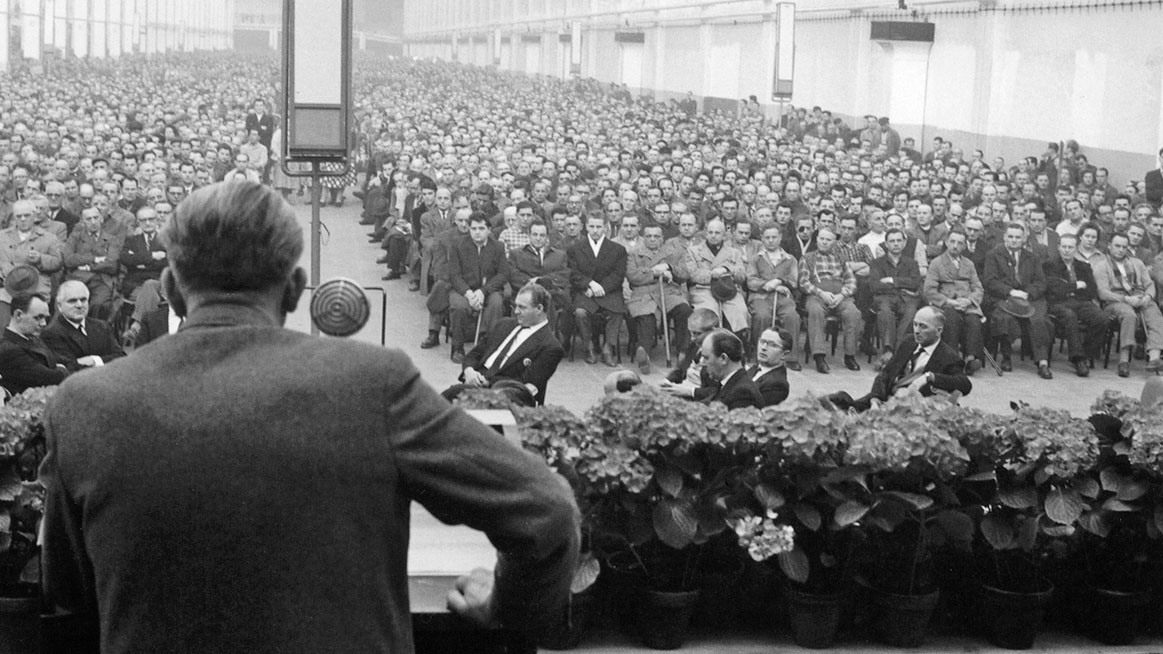
Works Meeting At The Wolfsburg Factory
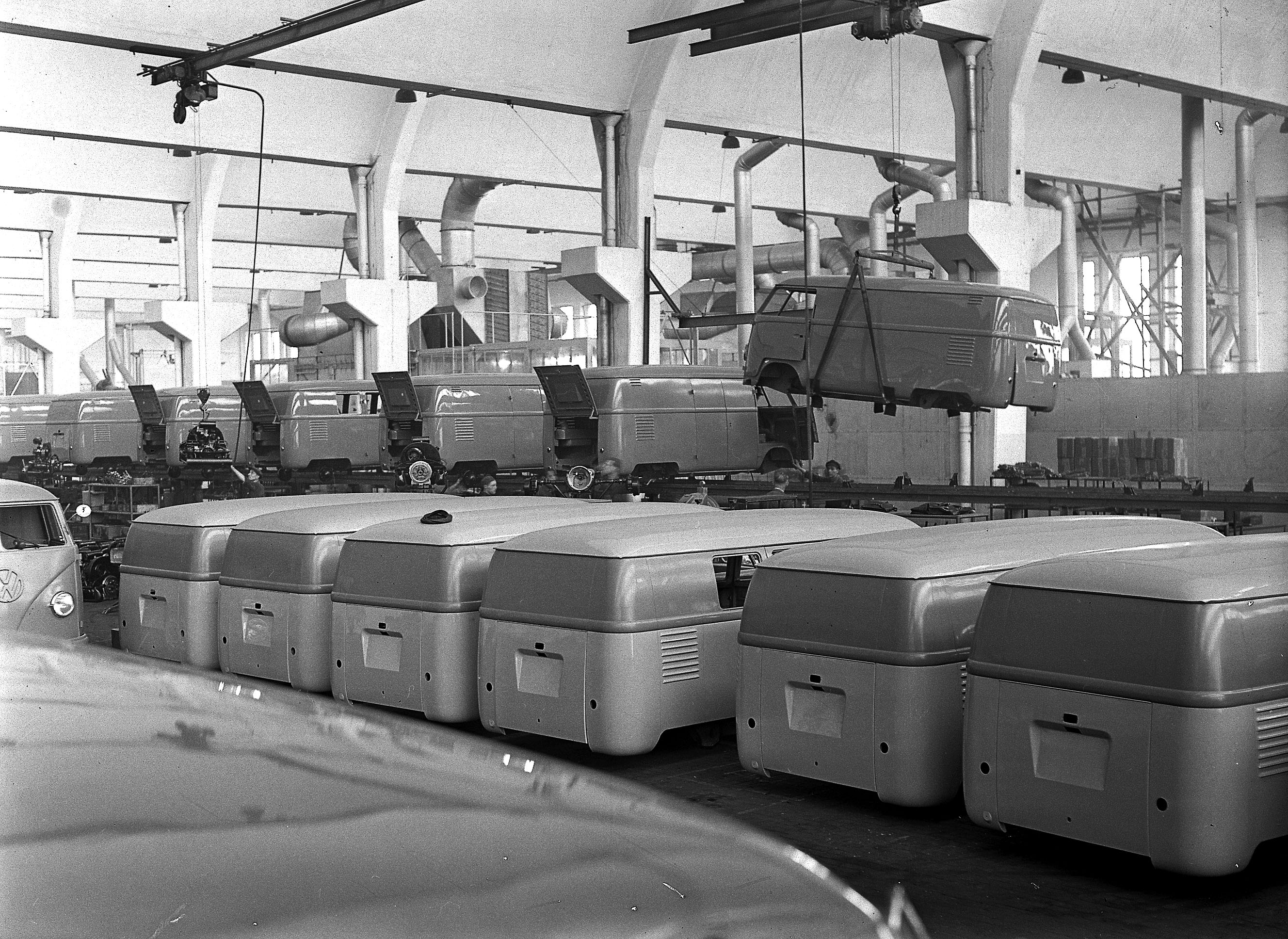
Transporter Production At Wolfsburg 1950's
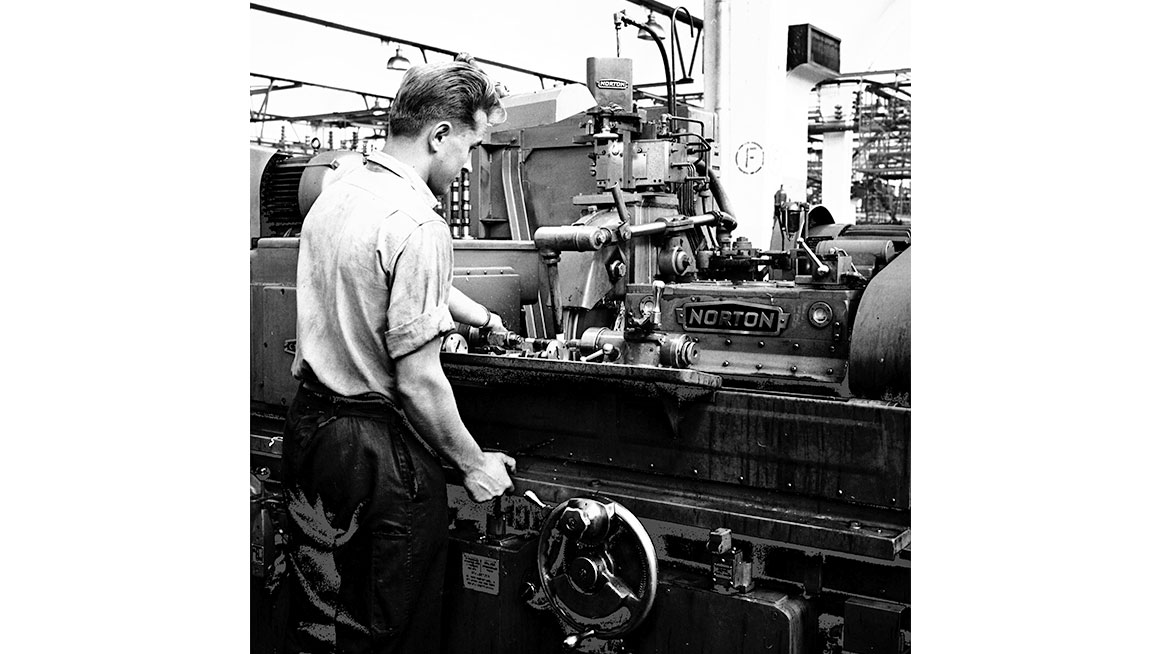
Gearbox Component Manufacturing At Wolfsburg
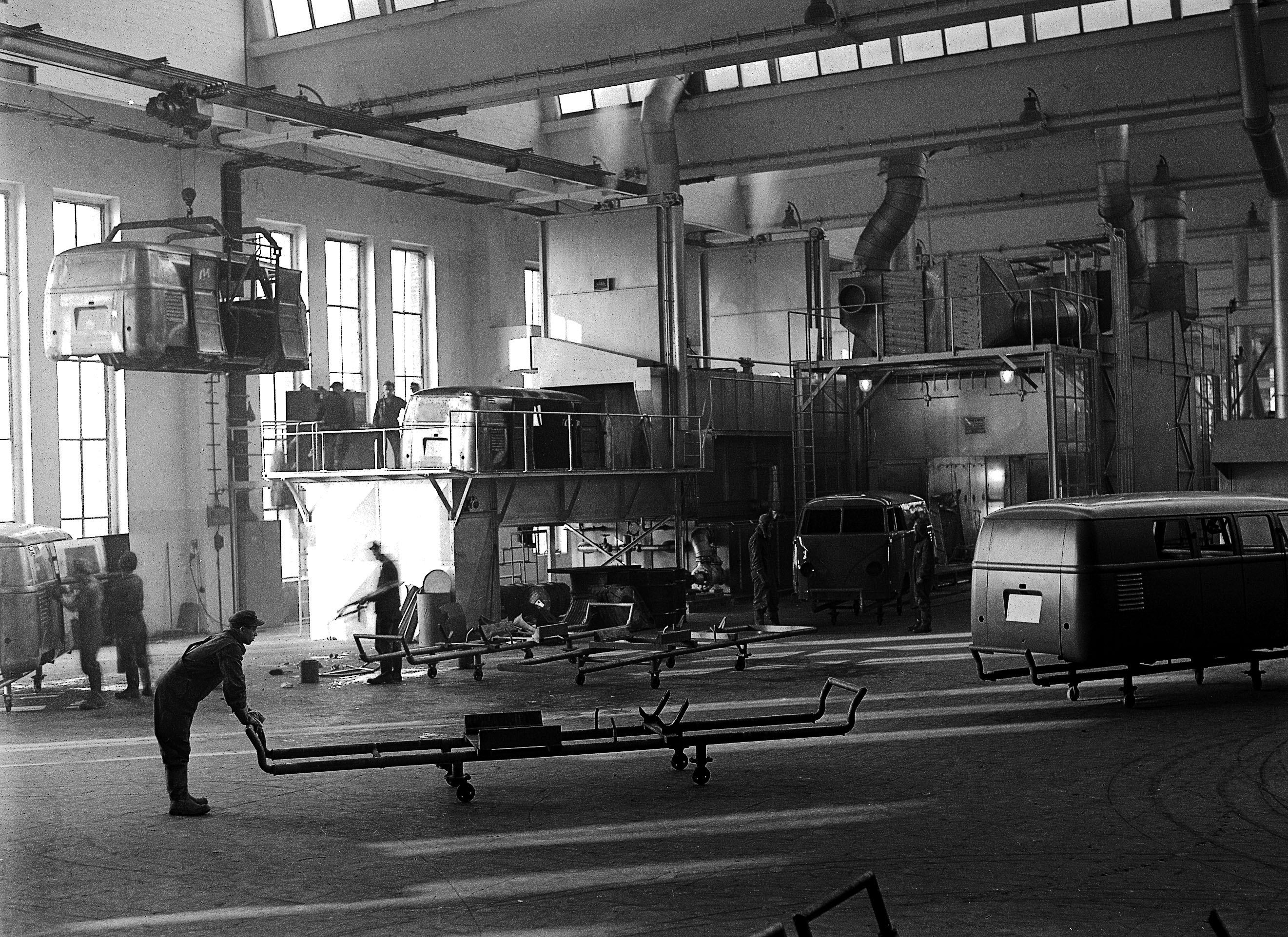
The Range Expands
Officially launched in June 1950, Kombi production started production on the 13th May and the Microbus on May 22nd .
In April 1951, VW presented the Deluxe Microbus, a luxury model with windows, sliding canvas roof, roof skylights, panelling for the roof and sides, chrome trim, arm rests and a full width dashboard. Full scale production commenced in June, along with a sliding roof version of the standard Microbus.
The Kombi also became available with a sliding roof, as did a Panel Van with loading doors on both sides and in April 1951 the rear window became standard. In December production of the VW Ambulance commenced. Based on a standard van the VW ambulance featured an enlarged opening tailgate and a small engine lid. The next base VW model, the Pick-Up, went into production in August 1952.
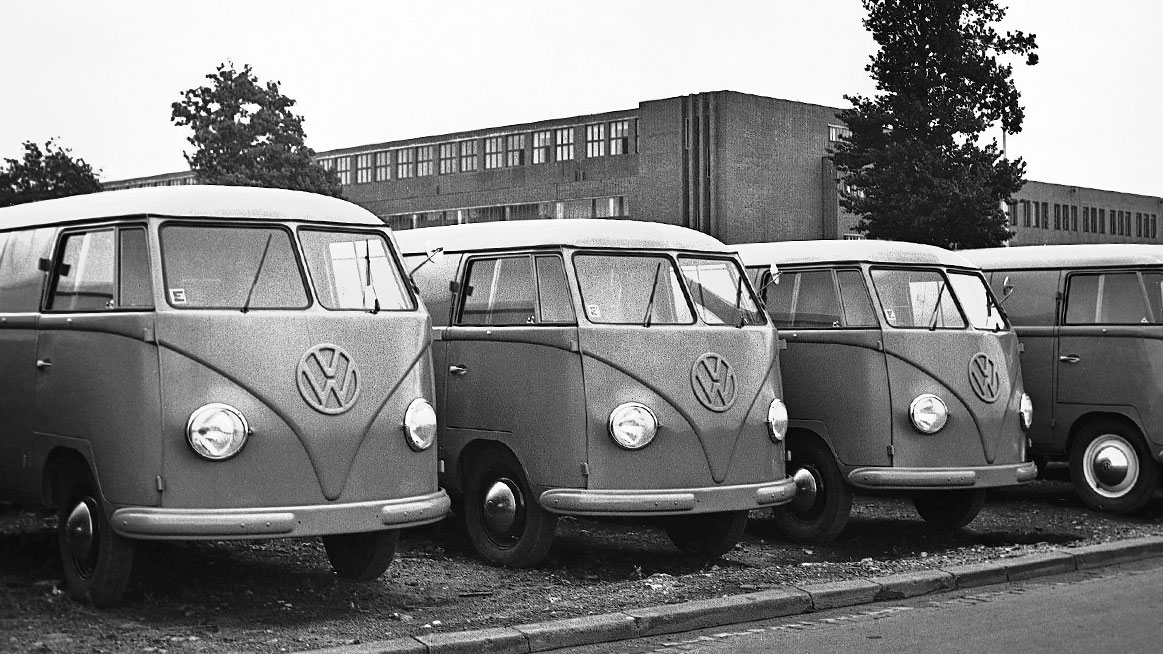
Transporters outside factory
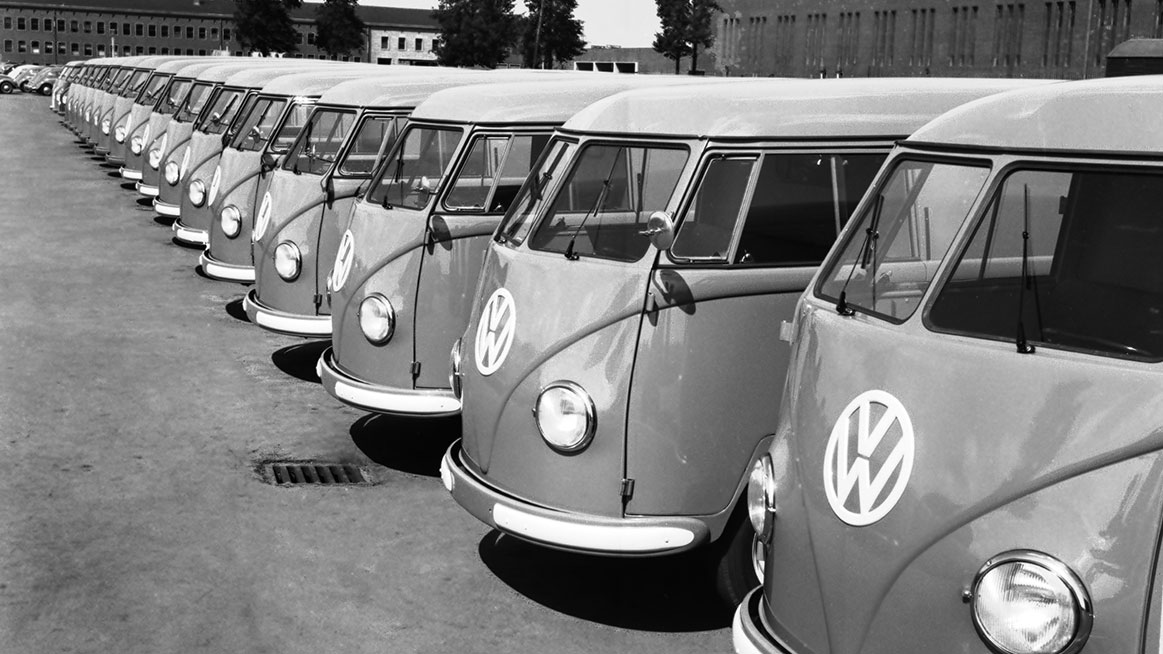
Transporters awaiting delivery
Expansion to Hanover
By 1954 40000 Transporters were being produced annually at Wolfsburg. Even with overtime, production capacity had reached its limit at 170 vehicles per day so on 24th January 1955 the decision was taken to build a new plant for commercials at Hanover because of its available workforce and excellent road, rail and sea networks. Construction began on March 1st.
In March 1955 a revised Transporter model came into being. The front now featured a peak or overhang with fresh air ducted through it for ventilation. The barndoor engine lid disappeared and was replaced by a smaller engine lid and opening tailgate and the 3 spoke steering wheel was replaced by the two spoke version.
The new Hanover plant began production one year and eight days after construction had commenced, with the first Transporter off the new Hanover Plant line being a Dove Blue Pick Up (chassis 171 056) on March 9th 1956. Later that afternoon the Hanover dealership took delivery of a Panel Van and a Kombi, and the new railway carried four Pick Ups to the harbour for shipping.
Transporter production continued in parallel at both the Wolfsburg and Hanover Plants from 8th March through to 19th April 1956 when all Transporter production transferred to Hanover from chassis 178 004. The buses produced at Wolfsburg during this changeover period were very slightly different from the Hanover models and used some older style parts such as the Barndoor style three-piece front wheel arch and the earlier bumpers with slightly longer ribbed centre sections.
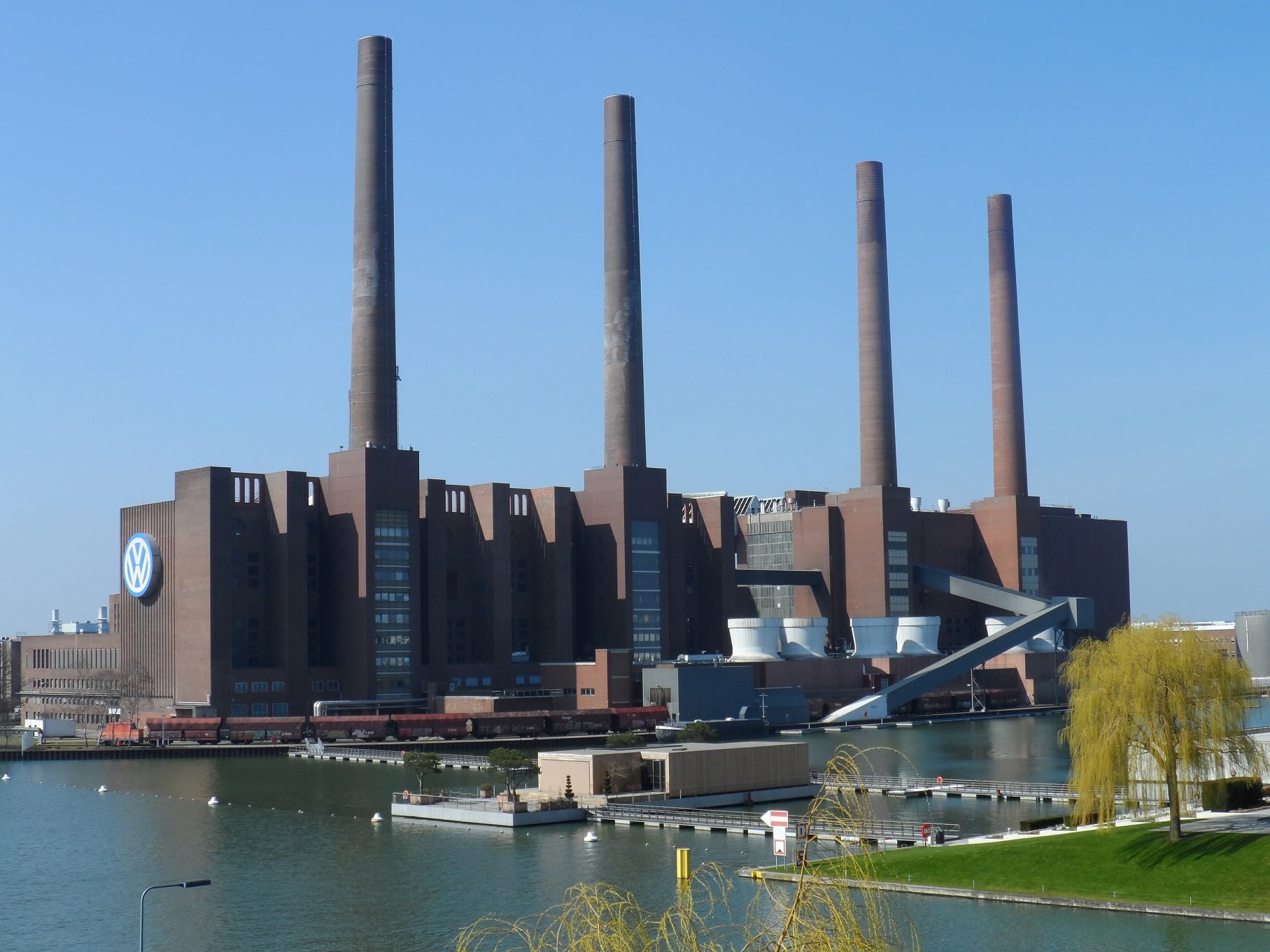
The Iconic VW Wolfsburg Factory Present Day

